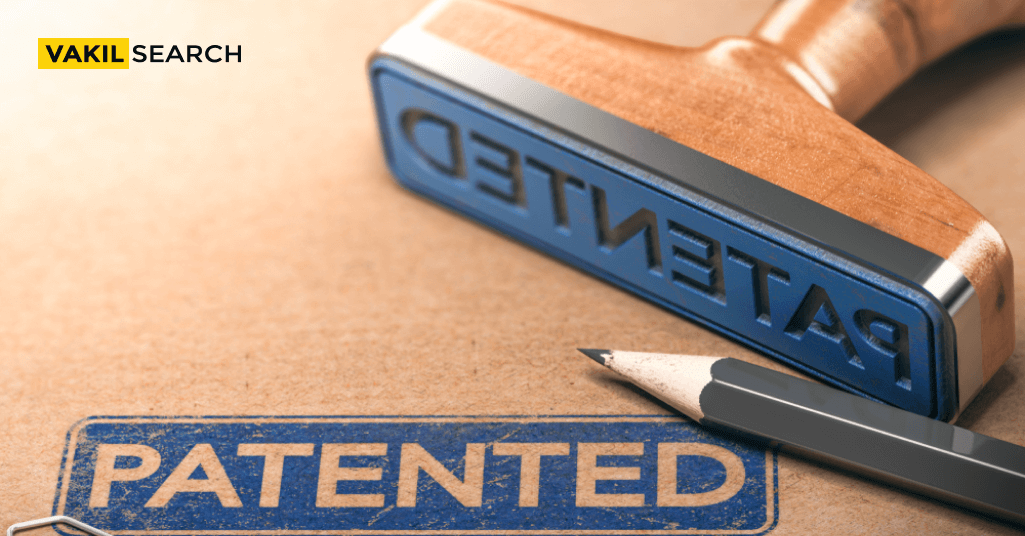The terms ‘registered design’ and ‘design patent’ are frequently confused. They are both employed to safeguard a product's aesthetic appeal, although they arise in Registration for Design vs Patent
A patent is obtained for a new and beneficial invention, as well as its functions and procedures. A patent makes it impossible for anyone to reproduce it. A design is obtained so that it protects a product’s ornamental features or aesthetic. A patent and a design can both be obtained for the same thing.
Design Patent – A ‘design patent’ is a legal privilege in the United States that protects aesthetic appearance. Utility patents, on the other hand, protect technical inventions such as new machines, manufacturing methods, or procedure. In the United States, the term “patent” refers to a broad category of intellectual property rights that includes both utility and design patents.
Registered Design – Aesthetic designs are protected by ‘registered designs’ in Europe and the United Kingdom. A ‘UK registered design,’ a ‘Community registered design (CRD),’ a ‘Community design registration (CDR),’ and probably other versions on this theme! The term ‘patent’ is only used for technical inventions in Europe and the United Kingdom, thus you won’t see the term ‘design patent’ in either system.
The Registration For Design vs Patent Process
In most countries, a patent can be filed for a duration of 20 years, whereas a design can be protected for a period of 5 years, with the possibility of an extension for another 15 years, according to intellectual property enforcement and protection laws. Both require a thorough analysis to guarantee that the product is unique and unrelated to existing designs and patents. Most owners struggle with deciding whether to pursue a design or a patent to protect their creations for a certain length of time throughout the examination phase.
Factors That Influence Registration
A patent registration involves a thorough inspection, whereas registering a design just requires demonstrating that the design is fresh and unique. As a result, the chances of a patent being rejected are higher than those of a design, because registration authorities cannot limit the functions and processes of an invention that can be put to public use and benefit. A design is also more cost-effective than a patent because patent registration is far more expensive.
Proceedings for Infringement
During infringement procedures, the court’s relief is generally preferred above a patent when it comes to a product design for the same reason of exorbitant expense. Furthermore, if a person starts infringement actions against someone for copying their patent, the Court will conduct an examination, which will take time and may result in a loss to the aggrieved party.
The Importance of Preserving a Creation
The protection of their creation is a top priority for a conscientious and considerate owner, proprietor, or creator. When we successfully design something that we believe will benefit us financially or that we intend to use as a source of income, we cannot afford to lose it or allow it to be exploited by someone else.
The Act of Copying May Result in Irreversible Damage.
We can surely stop others from copying the actual structure, but what about the method or design? How can we prevent others from producing and selling anything that is based on our concept? The ultimate recourse for this aim is intellectual property: patents and designs.
| For example, a patent might be sought for a fan’s distinctive function as well as a design for its shape and appearance. This will protect the fan’s operation as well as its appearance. |
The Key Difference between Patent Vs Registration of Design
Different Types of Security
Patent rights protect a thing’s function, method, or workings. A thing’s appearance is protected by design. Surprisingly, you can apply for both patent and design protection for the same product. Thus, a patent and a design can both provide protection for different aspects of the same product.
Differences in the Registration Procedure
The steps required to actually register your design patent can also vary greatly. Patent registration requirements can be just as stringent. Regretfully, due to the time-consuming process of registering a patent, the patent registration period can be significantly longer (at times, years) than the design registration period (usually months). IP Australia has more information on patent and design rights registration.
Cost Registration Difference
In particular, the cost of registering a design is significantly less than that of registering a patent. Design rights renewal fees, on the other hand, are only required once, five years after the design application was filed. The patent application is quite demanding, which accounts for a large portion of the application cost difference. Because patent applications require extensive preparation and detailed specifications, they can be more time-consuming and expensive than design applications. Additionally, annual renewal fees must be paid in order to keep your patents enforceable. Design rights renewal fees, on the other hand, are only required once, five years after the design application was filed.
Protection Period Differences
The duration of protection provided by a registered patent and design is not infinite. Design rights have a much shorter period of protection than registered patents, owing to the lower cost of registering them. The maximum period of protection available following the filing of an application to register a design right is ten years. A registered patent, on the other hand, has a maximum period of protection of 20 years. Furthermore, if the patent is for a ‘pharmaceutical substance,’ the maximum period of protection is 25 years.
Conclusion
If you are thinking of registering a patent or a design right, it’s always a good idea to consult with an IP Specialist. Patents and design rights both protect distinct types of intellectual property and come with varying processes and protection.
Read more,




